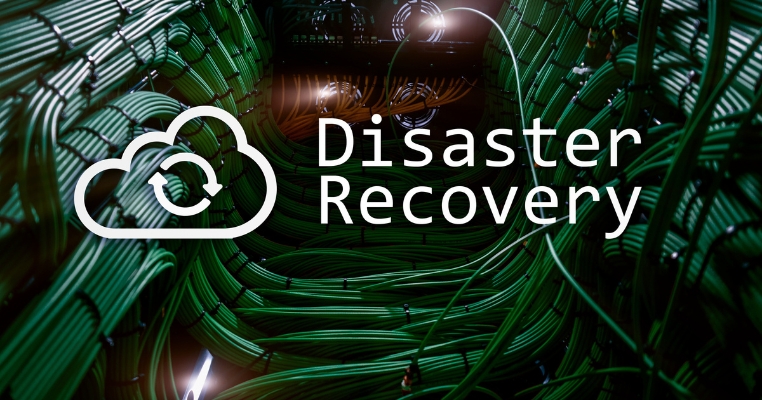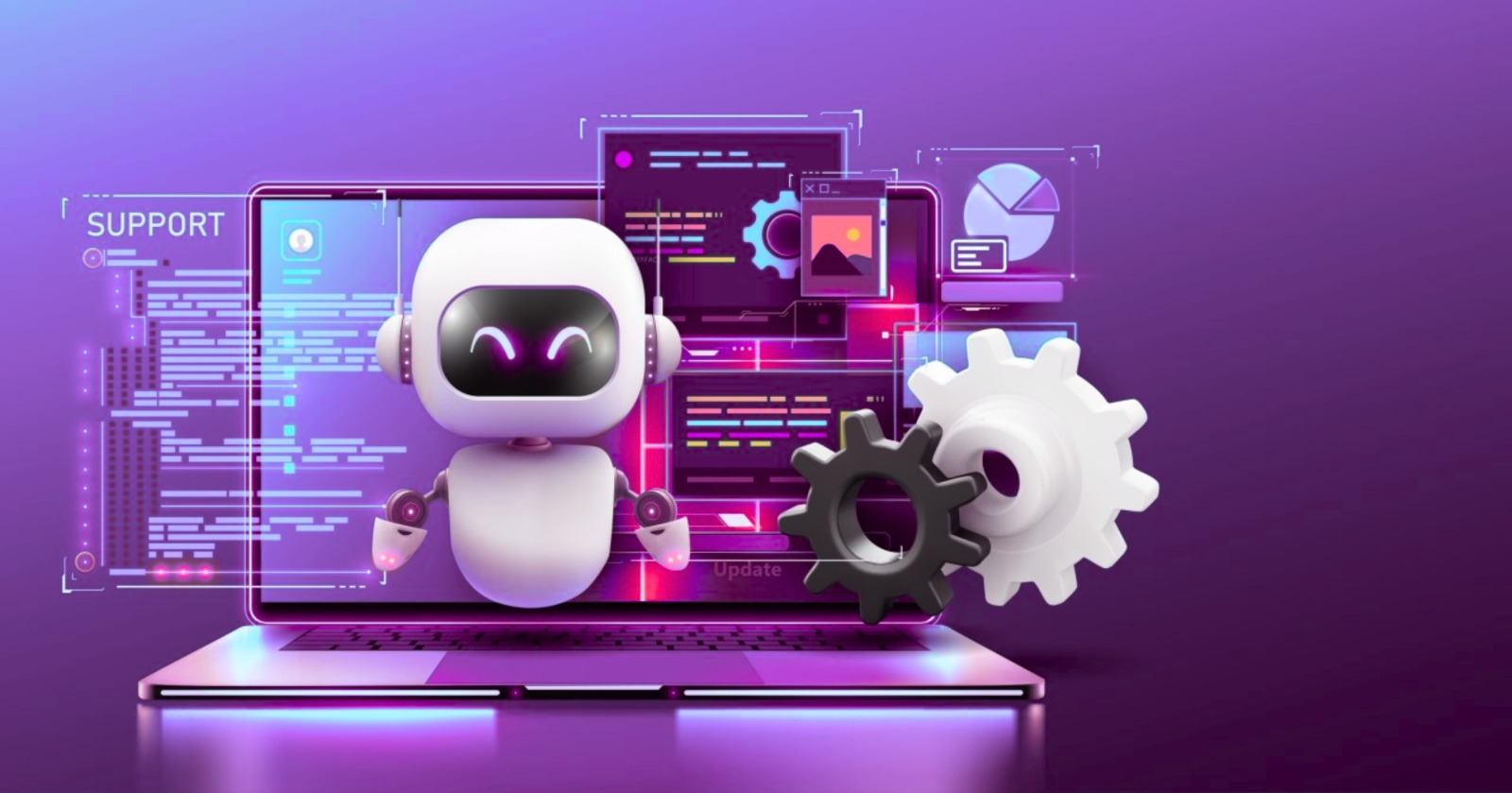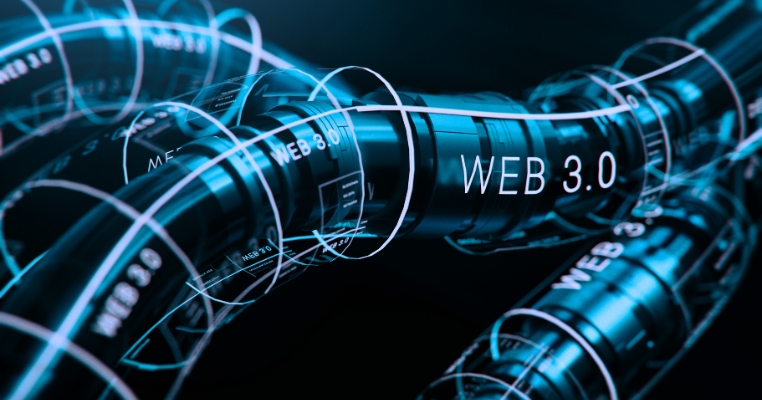In today’s digital era, businesses heavily rely on uninterrupted access to data and applications. Unexpected events, such as natural disasters, cyberattacks, or system failures, can disrupt operations, leading to financial losses and reputational damage. Implementing a robust disaster recovery (DR) strategy within cloud environments is essential for maintaining business continuity.
Understanding Cloud-Based Disaster Recovery
Cloud-based disaster recovery involves replicating critical data and applications to cloud infrastructure, enabling rapid restoration in the event of a disruption. Unlike traditional DR methods that require significant investment in physical infrastructure, cloud DR offers scalable, cost-effective solutions tailored to an organization’s needs.
Key Benefits of Cloud Disaster Recovery
- Cost Efficiency: By leveraging cloud resources, businesses can avoid the capital expenditures associated with maintaining secondary data centers. Instead, they pay for storage and compute resources on an as-needed basis, optimizing budget allocation.
- Scalability: Cloud platforms provide the flexibility to scale resources up or down, accommodating varying data volumes and application demands without the constraints of physical hardware limitations.
- Rapid Recovery: Advanced cloud DR solutions enable swift data restoration, minimizing downtime and ensuring that critical business functions resume promptly after a disruption.
- Geographic Redundancy: Storing backups across multiple, geographically dispersed data centers reduces the risk of data loss due to localized events, enhancing overall system resilience.
Implementing an Effective Cloud DR Strategy
To develop a robust cloud-based disaster recovery plan, consider the following steps:
- Assess Business Impact: Conduct a thorough business impact analysis to identify critical applications and data, determining acceptable recovery time objectives (RTOs) and recovery point objectives (RPOs).
- Choose the Right DR Model: Select a disaster recovery model that aligns with your organization’s requirements, such as backup and restore, pilot light, warm standby, or multi-site deployment.
- Automate Recovery Processes: Utilize automation tools to streamline failover and failback procedures, reducing the potential for human error and accelerating recovery times.
- Regular Testing and Updates: Regularly test the disaster recovery plan to ensure its effectiveness, and update it to reflect changes in the IT environment or business processes.
- Ensure Security and Compliance: Implement robust security measures to protect data during transit and storage, and ensure that the DR strategy complies with relevant industry regulations and standards.
Final Thoughts:
Embracing cloud-based disaster recovery is a strategic move for businesses aiming to safeguard operations against unforeseen disruptions. By leveraging the cloud’s flexibility, scalability, and cost-effectiveness, organizations can ensure rapid recovery and maintain business continuity, thereby protecting their bottom line and reputation.




